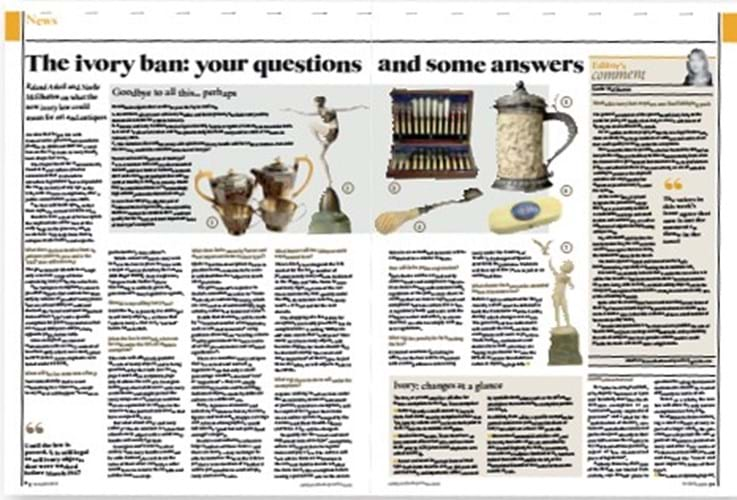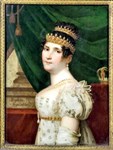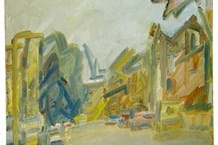
They also appear to not really understand their own statements as to how their suggestions might be implemented.
At this juncture I need to declare that I have not read the proposed legislation myself but am reliant on both your Guide to the UK Ivory Ban (ATG No 2337) and your letter writer Andrew Brown in ATG No 2341.
The guide clearly states that antique ivory items (and those containing a certain percentage of ivory) cannot be sold unless the vendor is in possession of the relevant permission from the Animal and Plant Health Agency.
Such permissions will only be granted to items that fall within the loosely defined areas of portrait miniatures, 10% de minimis and “rarest and most important” exemptions. In summary, unless an item falls within a specified category and has been granted its certificate, it would be illegal to sell it.
Andrew Brown’s letter quotes the government’s policy statement and says that “accredited museums… will be permitted to purchase items that do not meet any of the listed exemptions but are in line with their (the museum’s) acquisitions and ethical policies”.
There is a circle there that badly needs squaring before any more harm is done
So how is this going to work, then? You have a museum that wishes to make a purchase of something from outside the exemptions groups.
But you have legislation that makes the seller of that item, un-exempted and without its APHA authorisation, in breach of the law!
It is ill-conceived and poorly thought through. There is a circle there that badly needs squaring before any more harm is done.
Graham Gemmell
Editor writes: The bill, as currently drafted, sets out the circumstances whereby a museum can legitimately acquire an object that falls outside the ‘de minimis’ and ‘rarest and most important items of their type’ exemptions, from members of the public and dealers. See this week's news story for more details.












